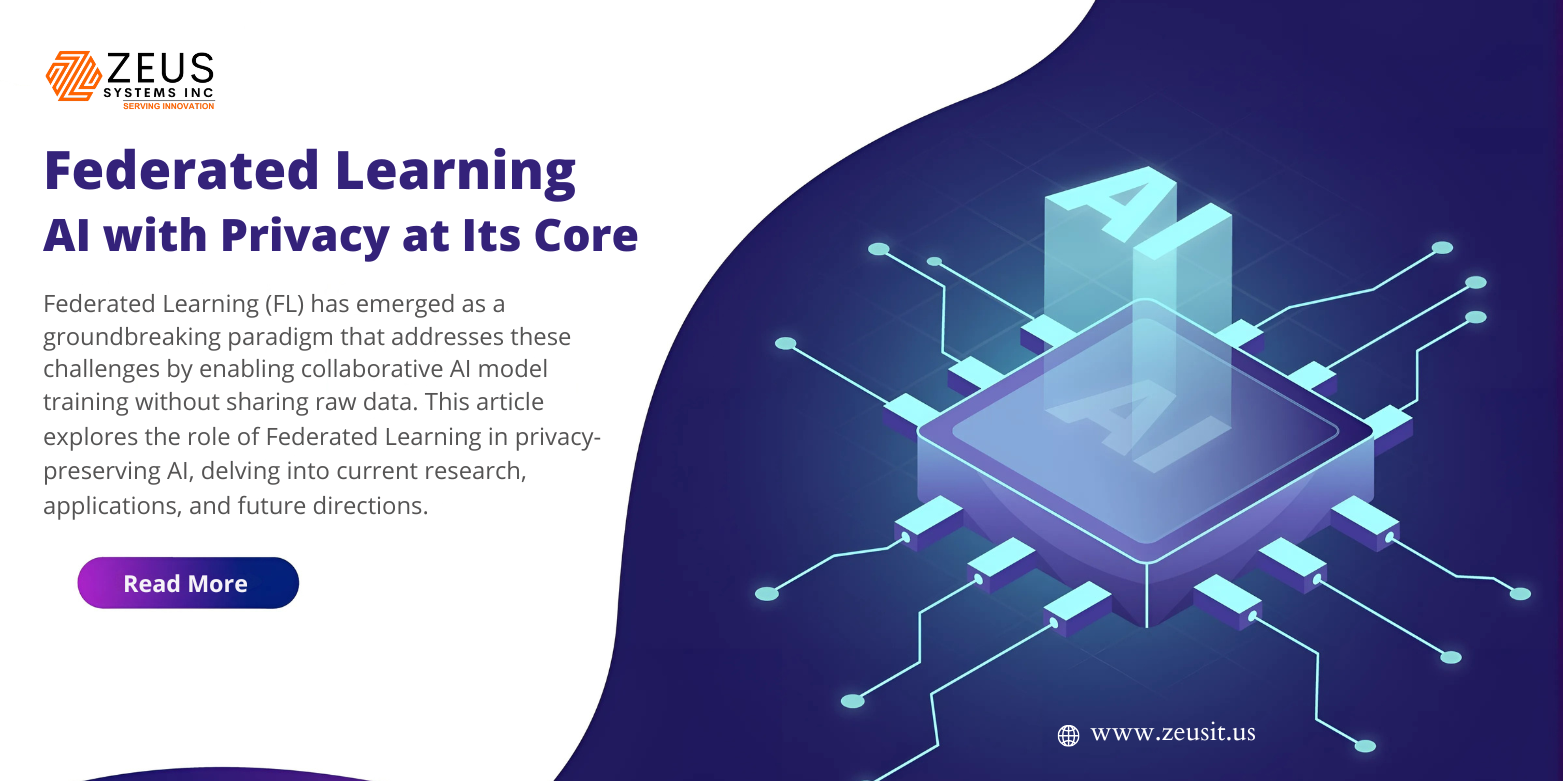In the realm of artificial intelligence, few developments have captured the imagination quite like OpenAI’s ChatGPT. Wit ...
Categories
Post By Date
- November 2025
- October 2025
- September 2025
- August 2025
- July 2025
- June 2025
- May 2025
- April 2025
- March 2025
- February 2025
- January 2025
- December 2024
- November 2024
- October 2024
- September 2024
- August 2024
- July 2024
- June 2024
- April 2024
- March 2024
- February 2024
- January 2024
- December 2023
- November 2023
- October 2023
- September 2023
- August 2023
- July 2023
- June 2023
- May 2023
-
Trends in Cloud Technology
In the realm of technological innovation, cloud technology continues to evolve, captivating hearts and minds alike. With ...
What is Chat-GPT and How powerful it is?
the conversational companion that brings a touch of humanity to our digital interactions. What is Chat GPT?A Conversa ...
3D Mapping using Drones
A journey to the 3D mapping using drones. The latest trend in 3D mapping using drones revolves around enhanced precis ...
-
Circular Economy Platforms Using IoT:
As the world pivots toward a more sustainable future, the concept of the Circular Economy (CE) has emerged as a critica ...
Additive Manufacturing Meets Time: The N...
Additive manufacturing (AM), or 3D printing, revolutionized how we build physical objects—layer by layer, on demand, wi ...
AI-Driven Financial Regulation: How Pred...
In today’s era of digital transformation, the regulatory landscape for financial services is undergoing one of its most ...
Space Tourism Research Platforms: How Co...
Introduction: Space Tourism’s Hidden Role as Research Infrastructure The conversation about space tourism has largel ...

- Raj
- February 3, 2025
- 11 months ago
- 8:43 pm
artificial intelligence (AI) has become a cornerstone of innovation across industries. However, the increasing reliance on centralized data collection and processing has raised significant concerns about privacy, security, and data ownership. Federated Learning (FL) has emerged as a groundbreaking paradigm that addresses these challenges by enabling collaborative AI model training without sharing raw data. This article explores the role of Federated Learning in privacy-preserving AI, delving into current research, applications, and future directions.
Understanding Federated Learning
Federated Learning is a decentralized machine learning approach where multiple devices or entities collaboratively train a shared model while keeping their data localized. Instead of sending data to a central server, the model is sent to the devices, where it is trained on local data. The updated model parameters (not the raw data) are then sent back to the server, aggregated, and used to improve the global model.
This approach offers several advantages:
- Privacy Preservation: Raw data never leaves the device, reducing the risk of data breaches and misuse.
- Data Ownership: Users retain control over their data, fostering trust and compliance with regulations like GDPR.
- Efficiency: FL reduces the need for large-scale data transfers, saving bandwidth and computational resources.
The Privacy Challenge in AI
Traditional AI models rely on centralized datasets, which often contain sensitive information such as personal identifiers, health records, and financial data. This centralized approach poses significant risks:
- Data Breaches: Centralized servers are attractive targets for cyberattacks.
- Surveillance Concerns: Users may feel uncomfortable with their data being collected and analyzed.
- Regulatory Compliance: Stricter privacy laws require organizations to minimize data collection and ensure user consent.
Federated Learning addresses these challenges by enabling AI development without compromising privacy.
Current Research in Federated Learning
1. Privacy-Preserving Techniques
Researchers are exploring advanced techniques to enhance privacy in FL:
- Differential Privacy: Adding noise to model updates to prevent the reconstruction of individual data points.
- Secure Multi-Party Computation (SMPC): Enabling secure aggregation of model updates without revealing individual contributions.
- Homomorphic Encryption: Allowing computations on encrypted data, ensuring that sensitive information remains protected.
2. Communication Efficiency
FL involves frequent communication between devices and the server, which can be resource-intensive. Recent research focuses on:
- Model Compression: Reducing the size of model updates to minimize bandwidth usage.
- Asynchronous Updates: Allowing devices to send updates at different times to avoid bottlenecks.
- Edge Computing: Leveraging edge devices to perform local computations, reducing reliance on central servers.
3. Fairness and Bias Mitigation
FL introduces new challenges related to fairness and bias, as devices may have heterogeneous data distributions. Researchers are developing methods to:
- Ensure Fair Representation: Balancing contributions from all devices to avoid bias toward dominant data sources.
- Detect and Mitigate Bias: Identifying and addressing biases in the global model.
4. Robustness and Security
FL systems are vulnerable to adversarial attacks and malicious participants. Current research focuses on:
- Byzantine Fault Tolerance: Ensuring the system can function correctly even if some devices behave maliciously.
- Adversarial Training: Enhancing the model’s resilience to adversarial inputs.
Applications of Federated Learning
1. Healthcare
FL is revolutionizing healthcare by enabling collaborative research without sharing sensitive patient data. Applications include:
- Disease Prediction: Training models on distributed medical datasets to predict diseases like cancer and diabetes.
- Drug Discovery: Accelerating drug development by leveraging data from multiple research institutions.
- Personalized Medicine: Tailoring treatments based on patient data while maintaining privacy.
2. Finance
The financial sector is leveraging FL to enhance fraud detection, credit scoring, and risk management:
- Fraud Detection: Training models on transaction data from multiple banks without sharing customer information.
- Credit Scoring: Improving credit assessment models using data from diverse sources.
- Risk Management: Analyzing financial risks across institutions while preserving data confidentiality.
3. Smart Devices
FL is widely used in smart devices to improve user experiences without compromising privacy:
- Voice Assistants: Enhancing speech recognition models using data from millions of devices.
- Predictive Text: Improving keyboard suggestions based on user typing patterns.
- Health Monitoring: Analyzing fitness data from wearables to provide personalized insights.
4. Autonomous Vehicles
FL enables autonomous vehicles to learn from each other’s experiences without sharing sensitive data:
- Object Detection: Improving the detection of pedestrians, vehicles, and obstacles by aggregating learning from multiple vehicles.
- Traffic Prediction: Enhancing models that predict traffic patterns based on data collected from various sources.
- Safety Improvements: Sharing insights on driving behavior and accident prevention while maintaining user privacy.
Future Directions in Federated Learning
As Federated Learning continues to evolve, several future directions are emerging:
1. Standardization and Interoperability
Establishing standards for FL protocols and frameworks will facilitate collaboration across different platforms and industries. This will enhance the scalability and adoption of FL solutions.
2. Integration with Other Technologies
Combining FL with other emerging technologies such as blockchain can enhance security and trust in decentralized systems. This integration can provide a robust framework for data sharing and model training.
3. Real-Time Learning
Developing methods for real-time federated learning will enable models to adapt quickly to changing data distributions, making them more responsive to dynamic environments.
4. User -Centric Approaches
Future research should focus on user-centric FL models that prioritize user preferences and consent, ensuring that individuals have control over their data and how it is used in model training.
5. Cross-Silo Federated Learning
Exploring cross-silo FL, where organizations collaborate without sharing data, can lead to significant advancements in various fields, including finance, healthcare, and telecommunications.
Conclusion
Federated Learning represents a transformative approach to AI that prioritizes privacy and data security. By enabling collaborative model training without compromising sensitive information, FL addresses critical challenges in the current data landscape. As research progresses and applications expand, Federated Learning is poised to play a pivotal role in the future of privacy-preserving AI, fostering innovation while respecting user privacy and data ownership. The ongoing exploration of techniques to enhance privacy, efficiency, and fairness will ensure that FL remains at the forefront of AI development, paving the way for a more secure and equitable digital future.
References
- McMahan, H. B., & Ramage, D. (2017). Federated Learning: Opportunities and Challenges.
- Kairouz, P., et al. (2019). Advances and Open Problems in Federated Learning.
- Bonawitz, K., et al. (2019). Towards Federated Learning at Scale: System Design.
- Yang, Q., Liu, Y., Chen, T., & Tong, Y. (2019). Federated Machine Learning: Concept and Applications.
- Shokri, R., & Shmatikov, V. (2015). Privacy-Preserving Deep Learning.

